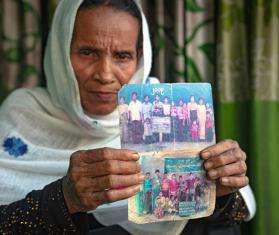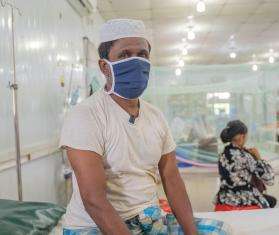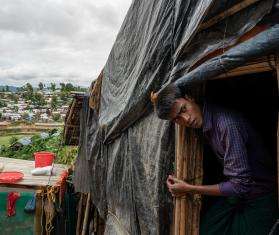Busy hands work away at a sculpture of a banyan tree in the backyard of a Doctors Without Borders/Médecins Sans Frontières (MSF) health facility at Kutupalong refugee camp in Cox's Bazar, Bangladesh. Around the sculpture, a group of Rohingya refugees pass bamboo weaving strips between them. They turn the strips on their side, layer and bend them into smooth curves, then bind them together.
The form of the tree swells. It is puffy, cloud-like, brimming with the possibility of shade for anyone who might sit underneath it. It is a banyan—a type of tree well known to Nurus Safar and Nuru Salam, two tree weavers who are refugees from Myanmar. They are working with Tasman Munro—a designer from Australia—a storyteller, and young people who live in the camps of Cox’s Bazar.

Nurus Safar (left) and Nuru Salam (right) are Rohingya tree weavers from Myanmar who now live as refugees in Cox's Bazar.
Bangladesh 2023 © Victor Caringal/MSF

MSF staff and other volunteers work on the sculpture of a banyan tree for the 3D mural that illustrates a traditional Rohingya folktale.
Bangladesh 2023 © Victor Caringal/MSF
During a break in the heat, Nurus and Nuru sit together with Tasman, reminiscing about their weaving practice back home, before they came to Bangladesh. “When we used to work under the banyan tree and chat, many people could gather, and we could teach others and share the feeling,” says Nurus Safar. “We could enjoy working there.”
Today, while Nurus and Nuru are many miles away from their home in Myanmar, the banyan tree once more provides a place for gathering, teaching, and sharing Rohingya culture.
Back at work, the weavers begin adding colorful paper panels to the tree. The panels were designed by young Rohingya artists the day before, as they listened to a storyteller recount a Rohingya folktale, or kyssa. Slowly, a bright scene takes form from the wood and paper: the banyan tree, two crows, a Rohingya woman, and taro leaves.
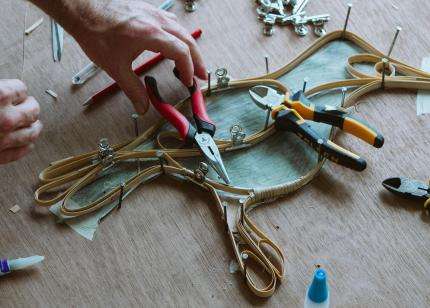
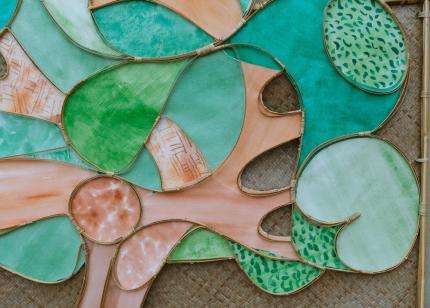
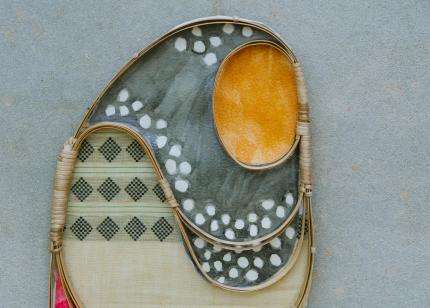
Details of the story mural from left to right: the crow, the banyon tree, and a Rohingya woman. Bangladesh 2023 © Victor Caringal/MSF
“The story we are going to tell will make us feel lighter, reminding us and connecting us with our hearts and the land,” says Ruhul, a Rohingya community member and MSF staff member in Cox’s Bazar. “That connection is weakening little by little, particularly for the young generation.”
For Ruhul, the increasing separation of the Rohingya people from their land and home is front of mind, as this community marks six years since being forced out of Rakhine state, Myanmar, and into camps in Bangladesh by a violent military campaign on August 25, 2017.
The massive displacement that took place was not the first struggle for the Rohingya, who were made stateless in 1982 and have experienced decades of persecution and targeted violence in Myanmar, while facing discrimination and exclusion in the countries where they seek safety.
August 24 11:01 AM
Timeline: A visual history of the Rohingya refugee crisis
Years after the mass exodus of Rohingya people from Myanmar, their future looks as uncertain as ever.
Read More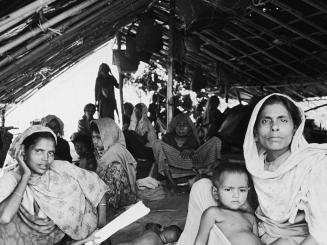
Ruhul compares the situation of the Rohingya to a proverb: No matter how water falls on a taro leaf, it will leave no trace. “We have been living in Myanmar for hundreds of years. When we [were driven] away, no mark remains. We are like a floating people. The taro leaf is something that makes us remember our situation.”
In the camps of Cox’s Bazar, at least one million Rohingya refugees are currently facing a crisis situation. They are unable to access proper education and are not allowed to work. As time ticks by, and their future remains uncertain, many Rohingya are focusing on retaining their culture and identity for the younger generations.

“Our culture is disappearing,” Yakub, one of the storytellers, said. “That is why it is important to teach our culture to the young generation. The kyssa is something that makes people understand. Some kyssa offer lessons, some make people think, and others promote health. When I start to tell kyssa, I see the children happy and smiling. I can’t help the bigger picture, but I can at least do a small thing to maintain our culture.
Ruhul emphasized the preservation of their heritage, "We have dances, we have our own language and religious practices. Our cultural attire is the longyi and shirt. One thing I’m very proud of, myself being a Rohingya, is our generosity. No matter how poor I am, people always show generosity."
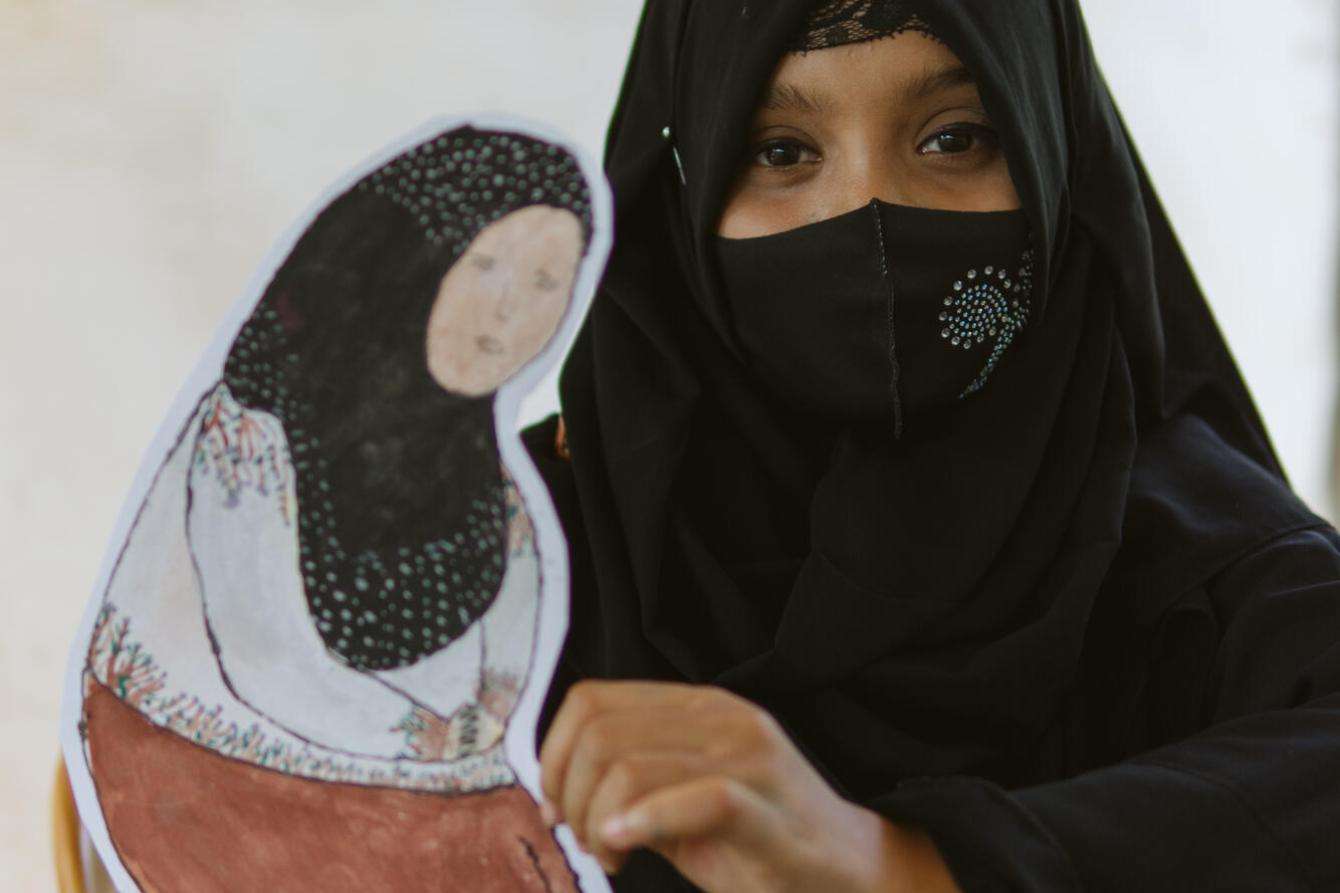
Khan Aziz, a young Rohingya refugee, described what he drew: "Our houses used to look like this in Myanmar. Here are our fences, where children used to play. Women would work in the home, and people used to plant rice. In the same village, there were many houses."
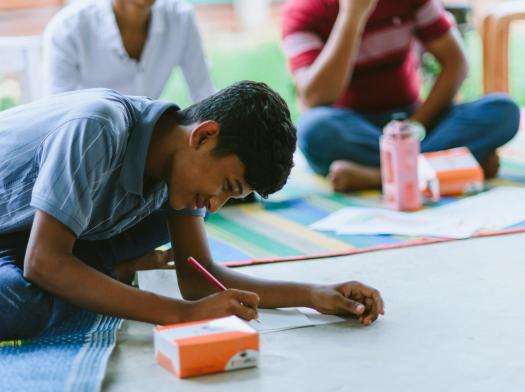
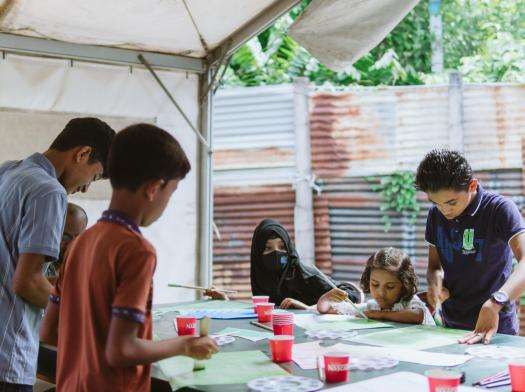
Young Rohingya refugees in Cox's Bazar participate in the story panel activity. Bangladesh 2023 © Victor Caringal/MSF
Working in partnership with the community
In early August, children and their families joined MSF staff in MSF’s Kutupalong hospital for the first kyssa storytelling session. A group of small children sat close to the banyan tree as the storyteller, Mohammed Rezuwan Khan, began.
When Rezuwan spoke in Rohingya, the children called back. There was some confusion, lots of movement, laughter, and smiles.
"I’m really impressed with the children's involvement,” he said. “They are our future. If they don’t get involved in such activities, it's not easy for us to maintain our culture."
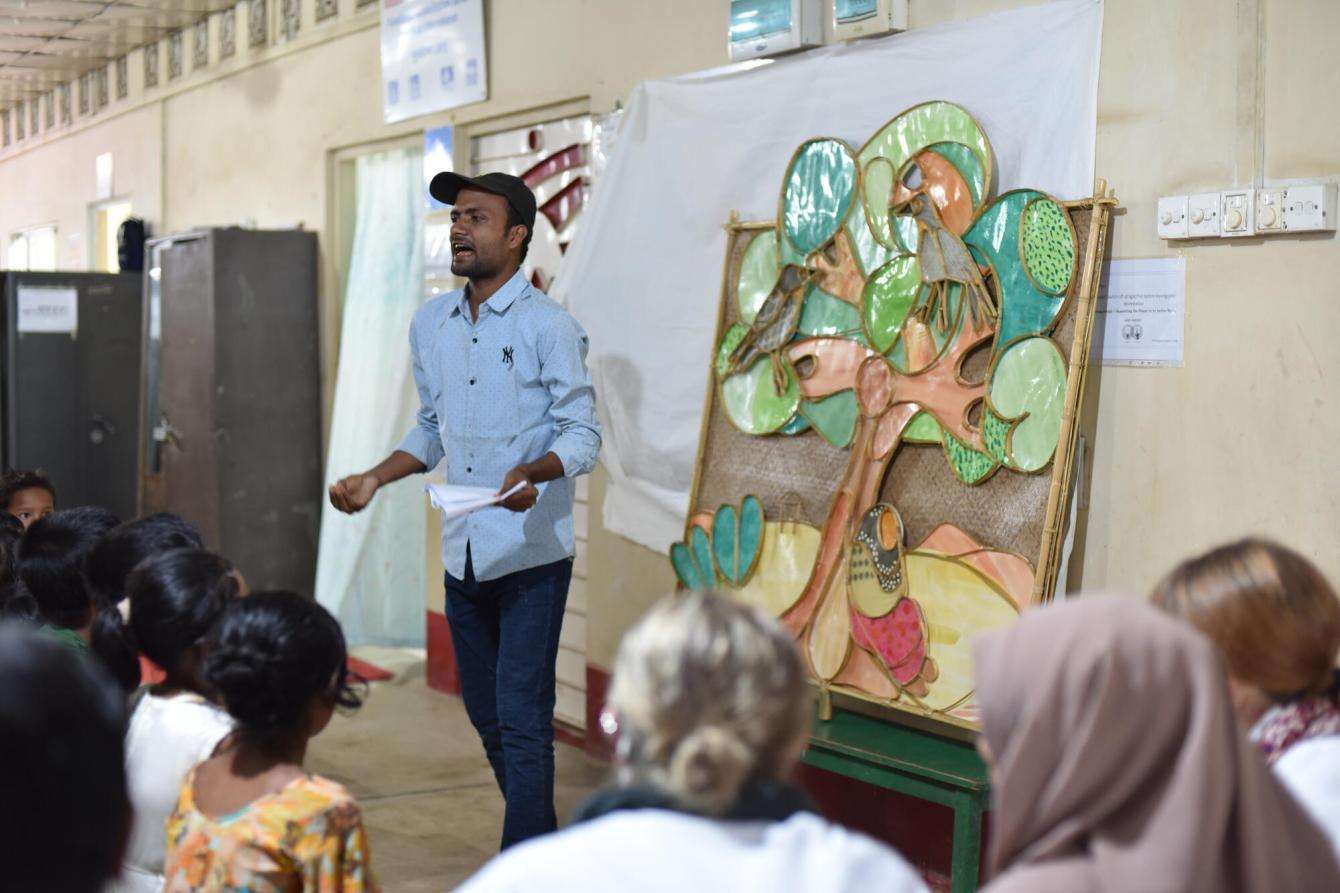
“It was so important to see our Rohingya colleagues share their culture and kyssa,” said Arunn Jegan, MSF head of mission in Bangladesh. “Too often Rohingya people are stereotyped as vulnerable—as patients, or as stateless people who do not have the legal right to exist freely in Myanmar, or as refugees.”
For Tasman, the partnership created between everyone involved challenges these stereotypes. “[This process] allows them to create the stories they want to be defined by.”
“Today, we got to celebrate the Rohingya as a people, through their culture,” continued Tasman. “Joyful moments that focus on self-value are therapeutic for Rohingya patients, some of whom are coping with difficult mental health conditions, and in the lead up to August 25.”
*Some last names have been withheld for privacy.

